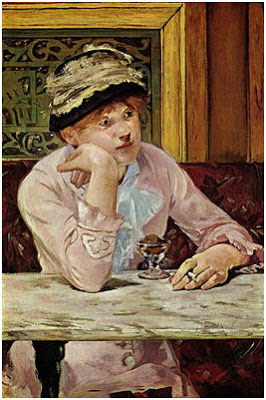.jpg) I have been reading Charlotte Cotton's book 'The Photograph as contemporary art' which at times has been a little hard going. However when I reached the chapter on Deadpan I could hardly put it down. Deadpan I thought always described a portrait, which it often does but this section was describing a deadpan location with some fantastic examples from artists I have yet to hear of.
I have been reading Charlotte Cotton's book 'The Photograph as contemporary art' which at times has been a little hard going. However when I reached the chapter on Deadpan I could hardly put it down. Deadpan I thought always described a portrait, which it often does but this section was describing a deadpan location with some fantastic examples from artists I have yet to hear of.Many of the photographers concentrate on economic or industrial landscapes that describe a here and now of man made structures, all of which seem to have a lot of open or empty space. Yoshiko Seino concentrating on man made structures that have been abandoned and returning to a new form of nature was an interesting subject.
My favourite image of this section, shown right, was a clear one. Dan Holdsworth's [b. 1974] untitled image from A Machine for Living 1999, is fascinating in its use of light. Here he captures urban areas, especially car parks at night time in out of town shopping malls, to capture the radiating light. Using long exposures the light (or pollution) comes through radiating a soft flowing light. I may have to try one like this. The high vantage point has worked well also.
























